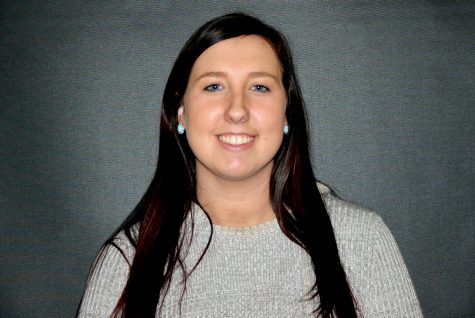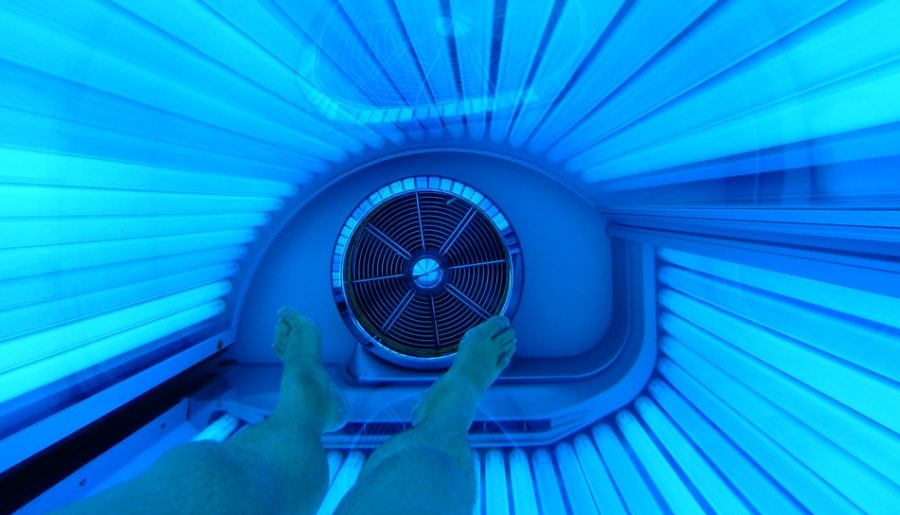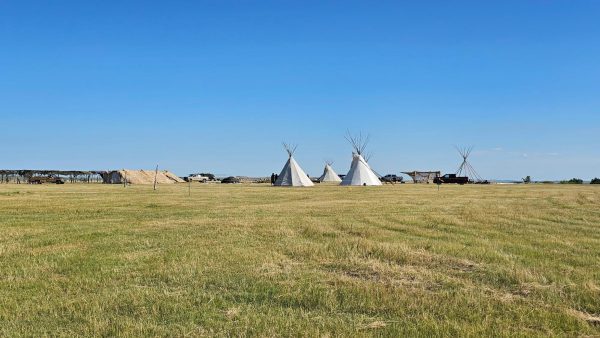Many people tan in the winter despite the risks of skin cancer
IMAGE / Courtesy of Pixabay
The number of people using tanning beds increases as the colder months approach.
As winter begins, the number of people who tan at salons will rise.
Senior Kaitlyn Alburtus works at a tanning salon, and said their clientele is growing.
“When it begins to get cold outside, the hectic season starts with bringing a lot of new costumers, selling new lotions, and we stay busy,” Alburtus said.
Many people who go to these salons do not realize the risks of tanning, such as skin cancer.
According to Global Research, ultraviolet rays, also called UV rays, can cause skin cancer because they damage skin cells and alter their DNA.
Melanoma is a type of cancer, most often of the skin. It occurs in melanocytes. The cells that color the skin and make moles.
The most serious type of skin cancer, melanoma, can spread to lymph nodes and distant organs. Melanoma is treatable if caught early, but because it is likely to spread to other parts of the body, it is dangerous.
Non-melanoma skin cancer rarely spreads to other parts of the body and, if detected early, is treatable with high survival rates.
The National Cancer Institute reports that non-melanoma skin cancer is the most common type of cancer for all people.
When it comes to tanning, the tanning industry has said that vitamin D is necessary and that it can be sought from tanning beds. The majority of tanning bulbs emit UVA radiation, and UVB radiation is needed for the body to produce vitamin D.
UV radiation is a type of radiation that is produced by the sun and some artificial sources.
UVA penetrates deeper layers of skin and causes tanning.
UVB has high energy, which damages surface epidermal layers and causes sunburn.
According to the Melanoma Research Foundation, using tanning beds before age 30 increases the risk of developing melanoma by 75 percent.
As many as 90 percent of melanomas are estimated to be caused by UV exposure.
According to the American Academy of Dermatology, 35 percent of American adults, 59 percent of college students, and 17 percent of teens have reported using a tanning bed in their lifetimes.
Fifteen states do not allow tanning under the age of 18. In Michigan and 17 other states, the law requires young people under 18 to have parental permission.
Senior Madison Teed often goes to the tanning salon.
“After I started tanning, I just kept doing it,” Teed said. “I know it isn’t good for you, but I enjoy looking tan.”
Premature aging is the result of unprotected UV exposure. It takes the form of leathery, wrinkled skin, and dark spots.
Premature aging may not show until many years after UV exposure but is a long-term side effect.
Depending on how bad the condition is, a dermatologist or plastic surgeon can provide treatments, which can include chemical peels, dermabrasion, and skin fillers.
Moles, brown spots, and growths on the skin are usually harmless, but someone who has more than 100 moles is at a greater risk for melanoma.
The first signs can appear in one or more atypical moles. It is important to know your skin well and to recognize any changes in the moles on your body.
Senior Hannah Bailey had an experience with recognizing unusual moles.
“I noticed that a mole on my arm began to grow,” Bailey said. “So my mom took me to the doctor and I had to get it removed and checked to see if it was cancerous.”
Their is no such thing as 100 percent safe indoor or outdoor tanning.
When you go outside and are being exposed to the sun, experts suggest you limit your exposure, wear sunscreen, and cover up with clothes, hats, and UV-absorbent sunglasses.

Senior
Birthday: December 15, 1998
Extracurricular activities: Work
Hobbies: Hunting, fishing, and Netflix
Plans after high school: Go to...





